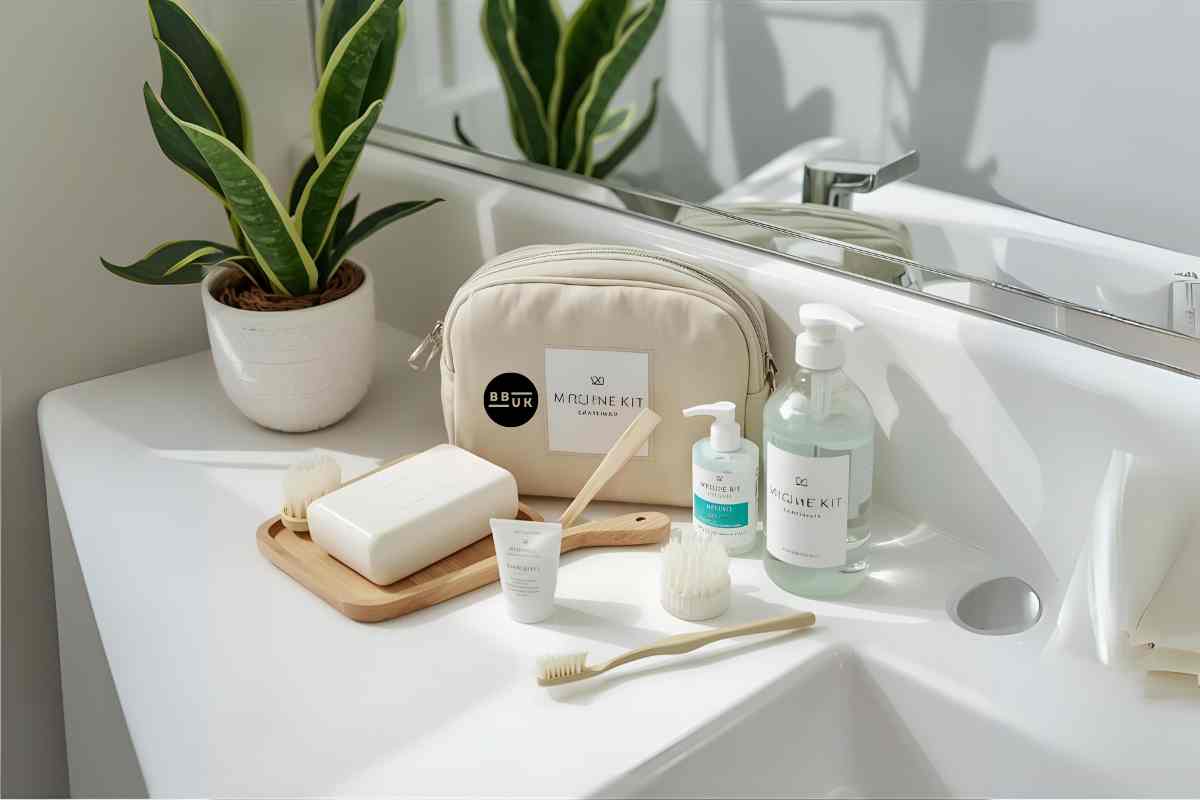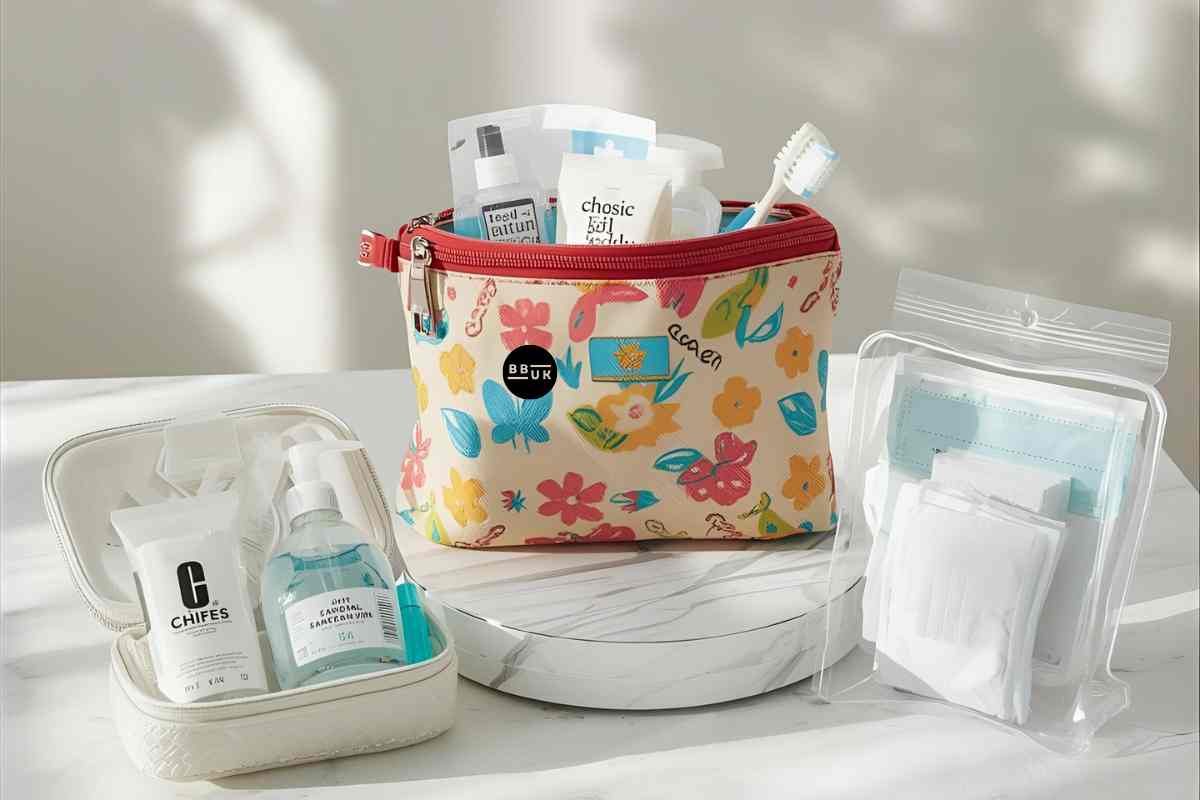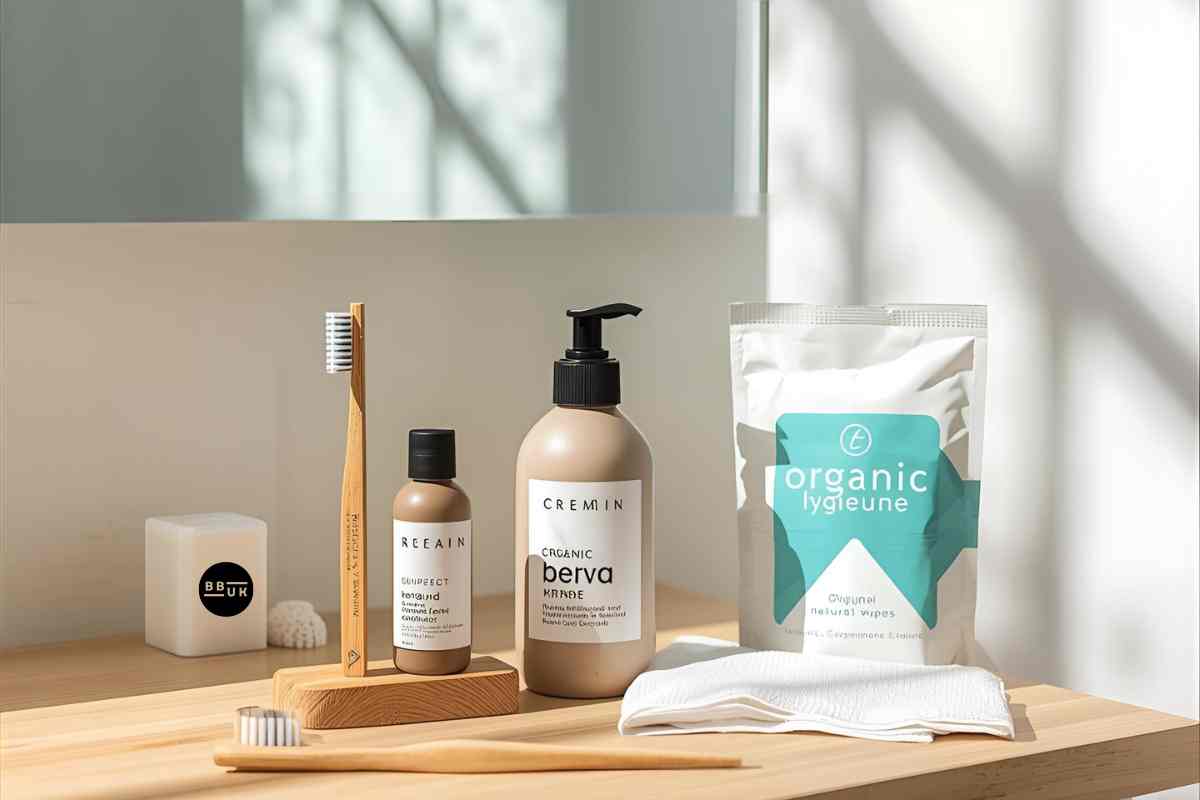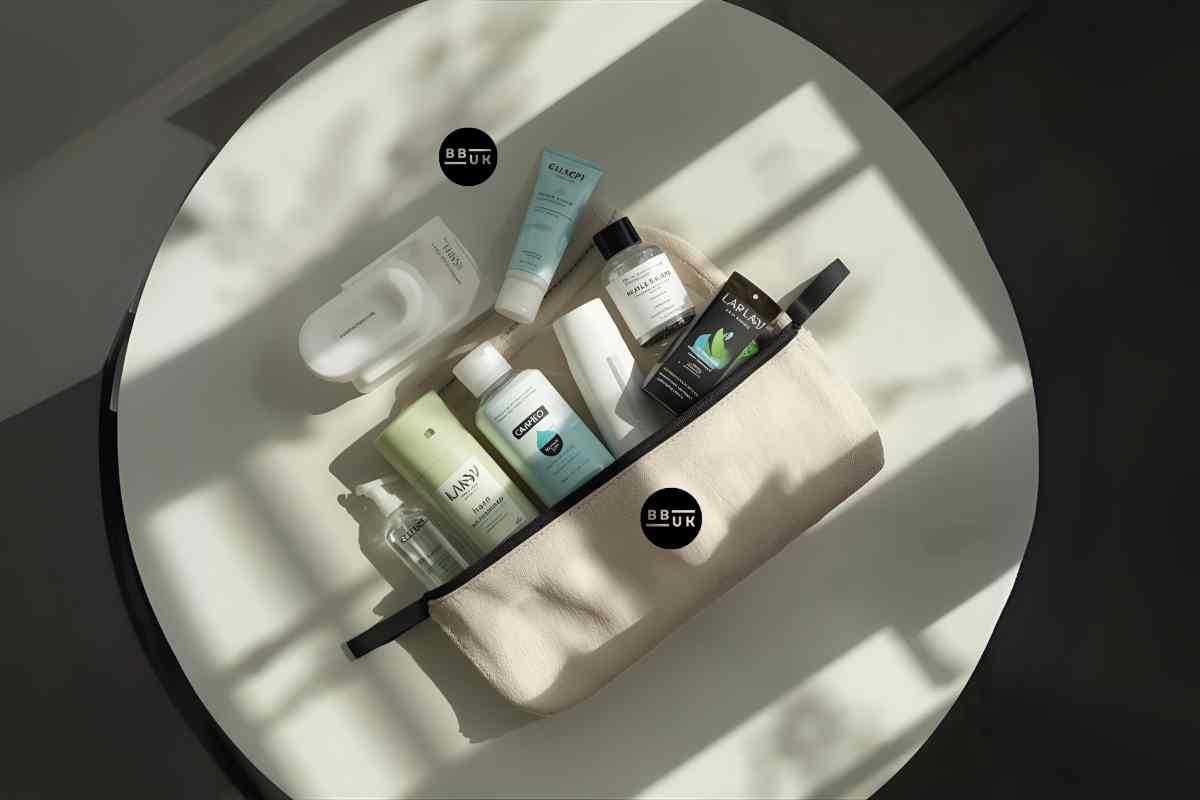
A hygiene kit is more than just a bag of products. It is a simple yet powerful way to stay clean, safe, and confident in your daily life. Whether at home, school, travel or emergencies, a hygiene kit ensures your basic needs are covered.
In this article, we’ll explore what a hygiene kit is, why it is important and what items should always be included.
What Is a Hygiene Kit?
A hygiene kit is a collection of personal care items that help you stay clean and healthy. It usually contains essentials like soap, a toothbrush, toothpaste, shampoo and sanitizer. Sometimes, it may also include grooming items, sanitary products or even first-aid basics.
Because good hygiene protects against germs and illness, having a kit ready means you can manage your daily routine more easily. According to CDC proper hygiene prevents many infections and keeps communities healthy.
Why a Hygiene Kit Is Important
A hygiene is not just about looking neat. It plays a direct role in your health and confidence. Here are a few reasons why it matters:
-
Prevents Illness : Simple items like soap and sanitizer kill harmful germs.
-
Builds Confidence : Clean teeth, fresh breath and neat hair boost self-esteem.
-
Convenience : Everything you need is in one place, especially when traveling.
-
Emergency Use : Kits are often distributed in disaster zones to support basic needs.
Because of these reasons, many organizations prepare hygiene kits for students, travelers and communities in need.
Hygiene Kit Essentials
Let’s break down the most common items in a standard hygiene kit.
Basic Cleaning Products
-
Soap or body wash
-
Shampoo and conditioner
-
Hand sanitizer
These protect you against dirt and germs. And since clean hands reduce sickness, hand sanitizer is especially useful when water is not available.
Oral Care Products
-
Toothbrush
-
Toothpaste
-
Mouthwash
Dental hygiene prevents cavities and bad breath. According to Mayo Clinic, brushing twice a day is one of the most effective habits for long term oral health.
Grooming Essentials
-
Comb or hairbrush
-
Nail clippers
-
Razor and shaving cream
These help maintain a neat appearance. Good grooming also boosts confidence in social situations.
Women’s Hygiene Items
-
Sanitary pads or tampons
-
Wet wipes
These ensure women’s hygiene needs are met at home, school or during travel.
Extra Items for Comfort
-
Tissues or paper towels
-
Deodorant
-
Small towel or face cloth
These simple items make daily routines much easier.
Types of Hygiene Kits

Not all hygiene kits are the same. Depending on the situation, you may need a different type.
Travel Hygiene Kit
When you travel, a compact hygiene is essential. It usually includes travel-sized soap, toothpaste, wipes and deodorant. Having these items ensures comfort on long trips.
School Hygiene Kit
Students benefit from small kits with sanitizer, tissues and toothbrushes. Since schools are places where germs spread quickly these kits are helpful for staying clean.
Emergency Hygiene Kit
During disasters like floods or earthquakes, relief agencies provide hygiene kits to families. These kits contain soap, toothpaste, pads and sometimes even masks. They help people maintain health during tough times.
How to Make Your Own Hygiene Kit
Creating a hygiene kit is simple. Follow these steps:
- Choose a Bag : A small pouch or waterproof bag works well.
- Add Essentials : Soap, toothbrush, toothpaste and sanitizer are must-haves.
- Personalize It : Add items like deodorant or wipes based on your needs.
- Check Expiry Dates : Replace products regularly to keep them safe to use.
Because everyone’s needs are different, your hygiene kit can be customized. For example, a student may want a small kit for daily use, while a traveler may need larger bottles.
Hygiene Kits in Community Support
Hygiene kits are often given by charities and aid groups to people in need. For example organizations like UNICEF distribute them during emergencies.
These kits provide dignity and comfort to families facing crisis situations. With soap, pads and toothbrushes, people can stay clean even when water and resources are limited.
Tips for Maintaining Your Hygiene Kit
To keep your hygiene kit useful, follow these simple tips:
-
Restock regularly so items never run out.
-
Keep it portable if you plan to carry it while traveling.
-
Store in a cool, dry place so products don’t get damaged.
-
Label personal items if you’re sharing space with family or roommates.
Future of Hygiene Kits

With growing awareness of health, hygiene kits are becoming more advanced. Some kits now include eco friendly products like bamboo toothbrushes or refillable bottles. Others use natural ingredients to avoid harsh chemicals.
As more people focus on sustainability, hygiene kits will likely evolve to include greener options. This change helps protect both personal health and the planet.
Final Thoughts
A hygiene kit may look simple, but it plays a big role in daily life. It keeps you clean, protects against illness and supports confidence. From schools to travel to disaster relief, hygiene kits prove their value everywhere.
If you don’t already have one, start building your own today. With just a few items, you’ll always be prepared, healthy and confident.
FAQs
What is usually inside a basic hygiene kit?
A basic kit often includes soap, a toothbrush, toothpaste, shampoo and sanitizer, along with small grooming or comfort items.
Why is carrying a hygiene kit useful?
It is useful because it keeps essential care items in one place, making daily routines, travel or emergencies much easier to manage.
Can I make my own hygiene kit at home?
Yes, you can. Just choose a small pouch or bag, add daily care items and customize it with personal products you use often.
Are hygiene kits only for emergencies?
No, they are helpful in everyday life too. Students, travelers and families all benefit from having their own ready to use kit.
How often should I restock my hygiene kit?
It’s best to check your kit every month, replacing expired products and adding fresh supplies to keep it ready at all times.
Do organizations provide hygiene kits for free?
Yes, many charities and relief groups distribute them to people in need, especially during disasters or in low resource communities.
